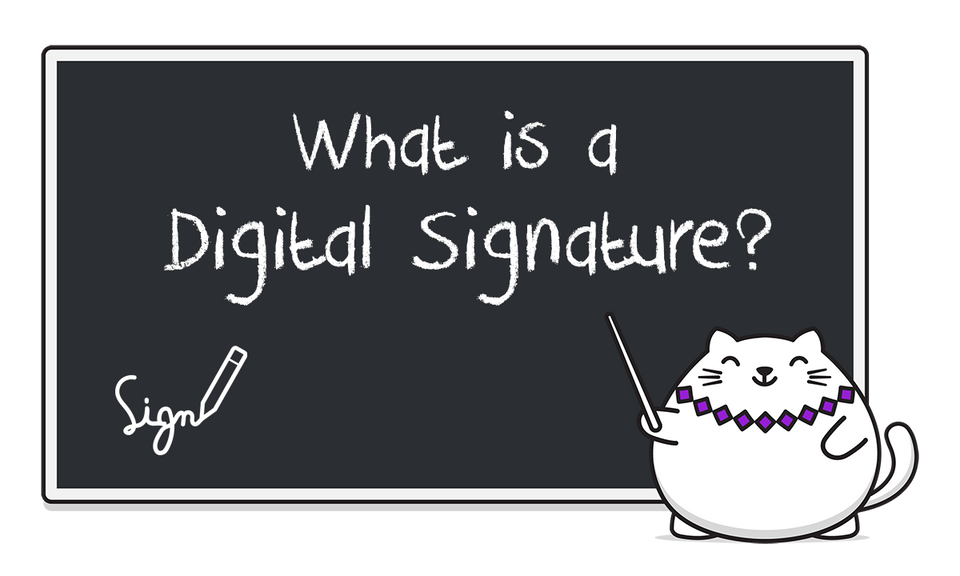Understanding Digital Signatures: More Than Just a Hash

Digital signatures are a cornerstone of modern security practices, ensuring data integrity and authentication in various online communications. But there's often confusion between the terms "digital signature", "hash", and "digest". Let's delve deep into understanding these terms and their roles.
What is a Digital Signature?
At its core, a digital signature is a mechanism used to verify the authenticity and integrity of a message, software, or digital document. It's like an electronic stamp, proving that the content hasn't been altered since it was signed and verifying the identity of the signer.
Properties of a Digital Signature:
- Authentication: Validates the sender's identity.
- Data Integrity: Ensures that the content hasn't changed since being signed.
- Non-repudiation: Signers cannot deny having signed the content.
Hash vs. Signature
A hash is a function that converts an input (often called a "message") into a fixed-length string of bytes, which appears random. This output is commonly referred to as the hash value or digest.
On the other hand, a digital signature involves more than just output encodings and hashing. It uses a signing algorithm, which often employs a hash function as one of its steps. But, importantly, it also incorporates elements like symmetric keys to create a unique signature, even with the same message input.
Understanding the Digest
A digest is the encoded output of a hash function. It's the "end result" you get after passing your data through the hash function. The term "digest" is often used interchangeably with "hash value", emphasising the output's nature.
A hexadecimal output is precisely what is referred to as the digest, it's just an encoded output for the chosen hash. It could as easily be encoded as binary, base64, whatever encoding - it is still an output of the same hash.
So there's the twist: looking only at a digest, it's impossible to determine whether it resulted from a hash function alone or was part of a digital signature process. Both can produce similar-looking outputs, but their origins are different.
Signature Algorithms: The Heart of Digital Signatures
Every digital signature is rooted in a particular signing algorithm. This algorithm determines how the signature is produced and, consequently, how it will be verified. Here are a few examples:


